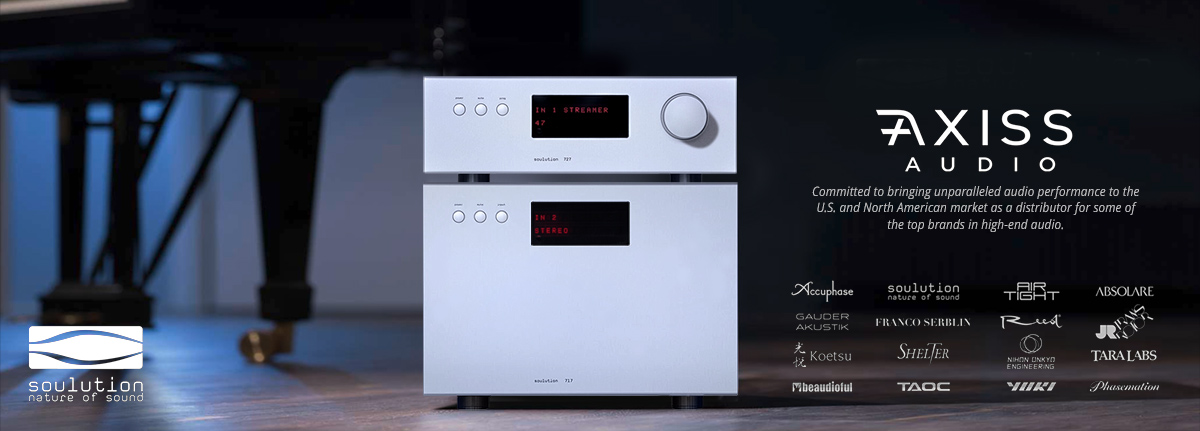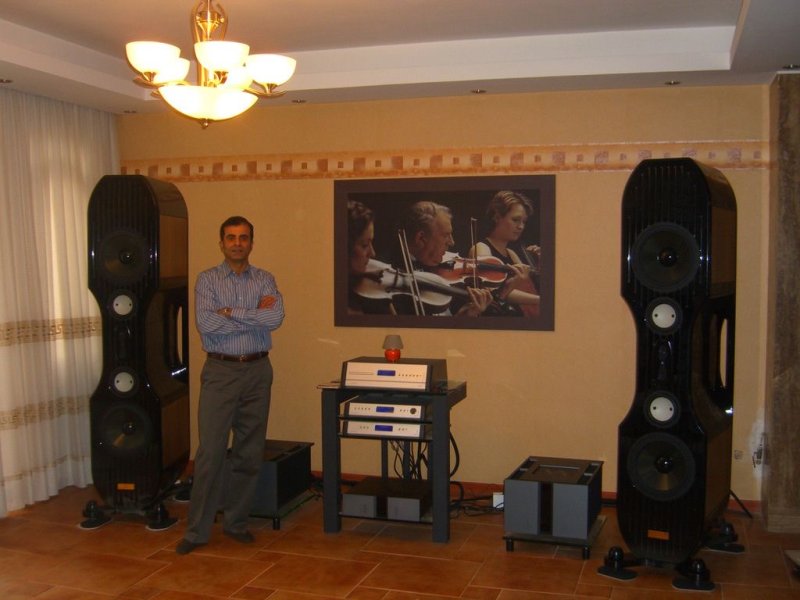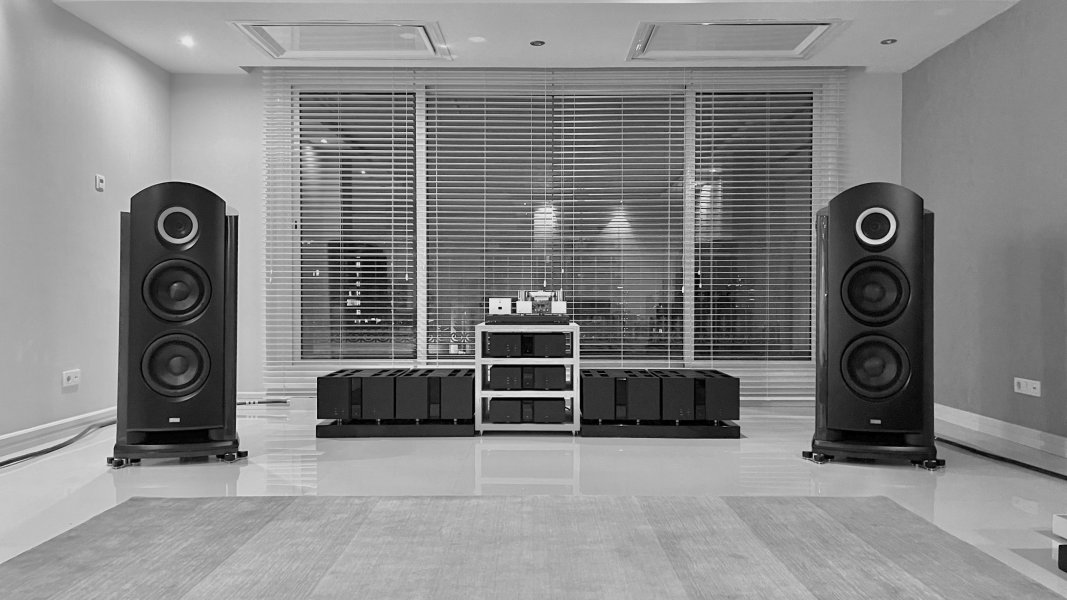There's no doubt the Audionet components are top shelf in their resolution and dynamics and, yes, as with most gear they are system and preference dependent. These are matters over which reasonable audiophiles will undoubtedly disagree. That's what makes this hobby/passion pursuit so interesting.That's interesting because I own and have heard Audionet amps and preamps and have heard the CH Precision M10s with the L10 (and the M1.1s + L1) quite a few times and I thought just the opposite - the Audionet gear is more dynamic, more musical, better ease of flow and more realistic - sounding versus the CH which was flatter and, to be honest, a bit more boring.
I'm sure much depends on the alternate system gear, speakers, room (and treatment) and one's preference.
Vitus SM-103 MK.II new mono blocks
- Thread starter Easy Gliders
- Start date
Similar threads
| Steve Williams Site Founder | Site Owner | Administrator | Ron Resnick Site Owner | Administrator | Julian (The Fixer) Website Build | Marketing Managersing |


















